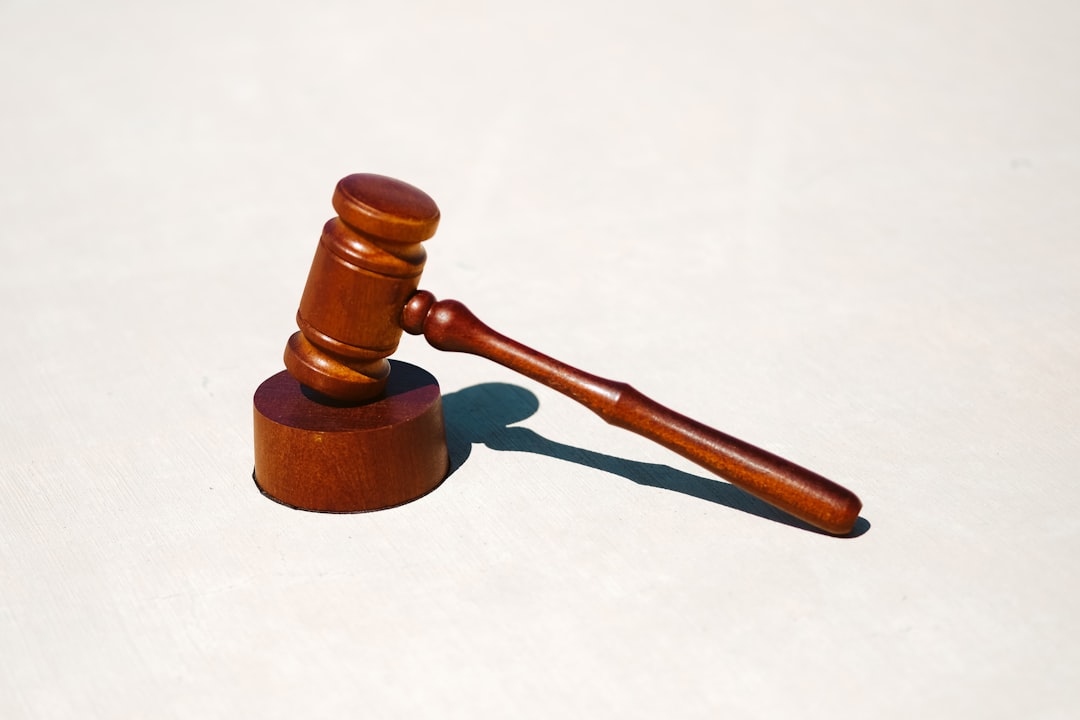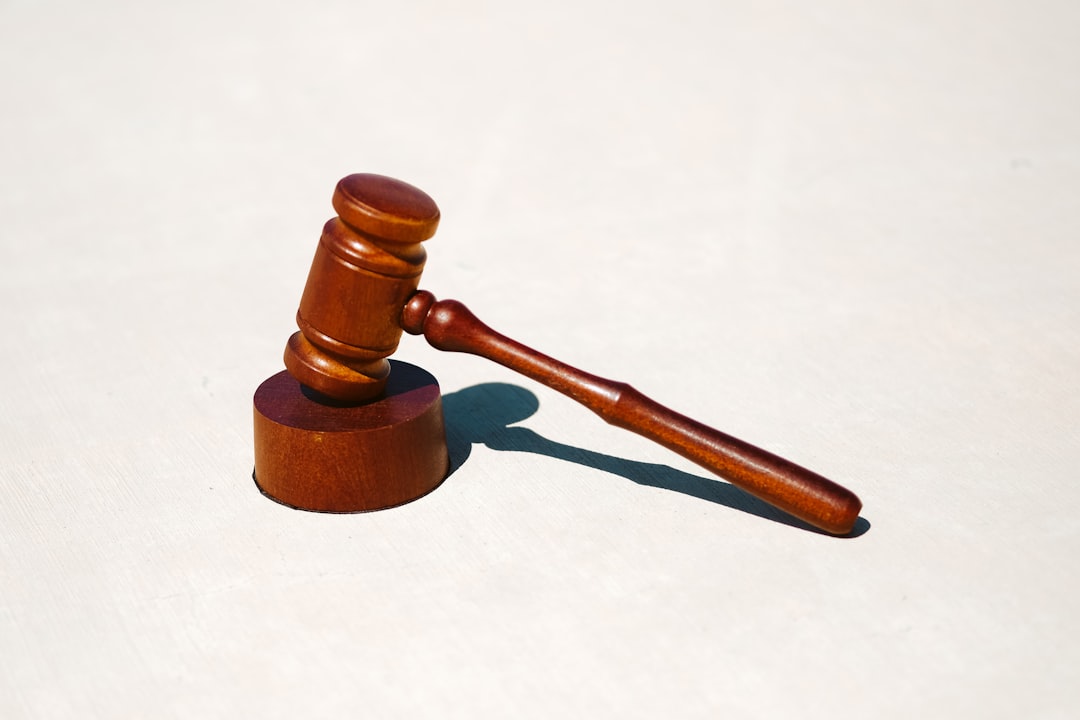Sexual trauma in Stamford, CT, significantly impacts young individuals' mental health and relationships. Physical activities like yoga and running help process emotions, reduce stress, and rebuild resilience. Structured programs, free from judgment, led by school abuse lawyers Connecticut, foster safe spaces for healing and teach coping mechanisms. Proactive measures include discussions, reporting, education, and training to prevent trauma and support recovery.
In Stamford schools, addressing sexual trauma among youth is a pressing issue. This article explores how physical activities can facilitate recovery from such traumatic experiences. We delve into the profound impact of sexual trauma on young individuals and uncover the healing power of movement.
By examining current strategies and best practices, we propose creating safe spaces for students to express themselves through physical activity. Additionally, we discuss empowering prevention and support initiatives, emphasizing the importance of a holistic approach, particularly with the assistance of Connecticut school abuse lawyers.
Understanding the Impact of Sexual Trauma on Youth

Sexual trauma can have profound and lasting effects on young individuals, often leading to a range of emotional and physical challenges. In the context of schools in Stamford, Connecticut, it’s crucial to recognize that students who have experienced sexual abuse or assault may face difficulties concentrating, developing trust, and forming healthy relationships. These traumatic events can disrupt their overall well-being, academic performance, and social interactions, making them vulnerable to various mental health issues such as anxiety, depression, and post-traumatic stress disorder (PTSD).
School abuse lawyers in Connecticut often encounter cases where students struggle with the aftermath of sexual trauma, which can manifest in unexpected ways. Physical activities have emerged as a powerful tool for recovery, offering a means to process emotions, reduce stress, and rebuild resilience. Through structured programs tailored to their needs, students can learn to reclaim their bodies, regain control, and develop healthy coping mechanisms, ultimately fostering an environment where they feel safe and supported.
The Role of Physical Activity in Healing Processes

Physical activity has been recognized as a powerful tool in the healing process, especially for individuals recovering from sexual trauma. When integrated into therapeutic regimens, exercises like yoga, running, or even simple walks can significantly aid in the recovery of Stamford school students who have experienced abuse. These activities help to reduce stress and anxiety, common symptoms among survivors, by releasing endorphins that promote a sense of calm and well-being.
Moreover, physical movement allows individuals to regain a sense of control and agency over their bodies, which can be particularly beneficial in the aftermath of sexual trauma. Engaging in structured or free-form movements can help break down emotional barriers and encourage positive self-image, fostering a safe space for students to heal from the physical and psychological effects of school abuse, with the support of Connecticut school abuse lawyers.
Creating Safe Spaces for Movement and Expression

In addressing sexual trauma within Stamford schools, it’s imperative to establish safe spaces where students can express themselves through movement and physical activities. These spaces should be designed with sensitivity and expertise, ensuring they are free from judgment and promote healing. School abuse lawyers in Connecticut emphasize the significance of implementing structured programs that encourage students to explore their emotions through non-verbal means, such as dance or martial arts, which can provide a healthy outlet for trauma release.
By fostering an environment where physical activities are centered around emotional well-being, Stamford schools can create a supportive network for survivors. This approach allows students to connect with their bodies in a positive way while also teaching them valuable coping mechanisms. Such initiatives not only aid in the recovery process but also empower students, helping them regain a sense of control and agency, especially when navigating challenging legal proceedings related to school abuse cases in Connecticut.
Empowering Students: Prevention and Support Strategies

In addressing physical activities as tools for recovery, Stamford schools must also focus on prevention and support strategies. Empowering students to speak out against sexual trauma is a multifaceted approach that involves creating safe spaces for discussions, implementing reporting mechanisms, and educating both students and staff about recognizing signs of distress. School abuse lawyers in Connecticut emphasize the importance of proactive measures, such as mandatory training for educators, to foster an environment where students feel comfortable sharing their experiences without fear of judgment or retaliation.
Moreover, integrating physical activities that promote self-healing can be a game-changer in trauma recovery. Schools can organize sports teams, fitness clubs, or outdoor adventures that encourage students to move their bodies and express themselves physically. These activities not only help in releasing pent-up emotions but also teach valuable coping skills. By combining these initiatives with counseling services and peer support groups, Stamford schools can create a comprehensive safety net that supports students on their journey towards healing and empowerment.






